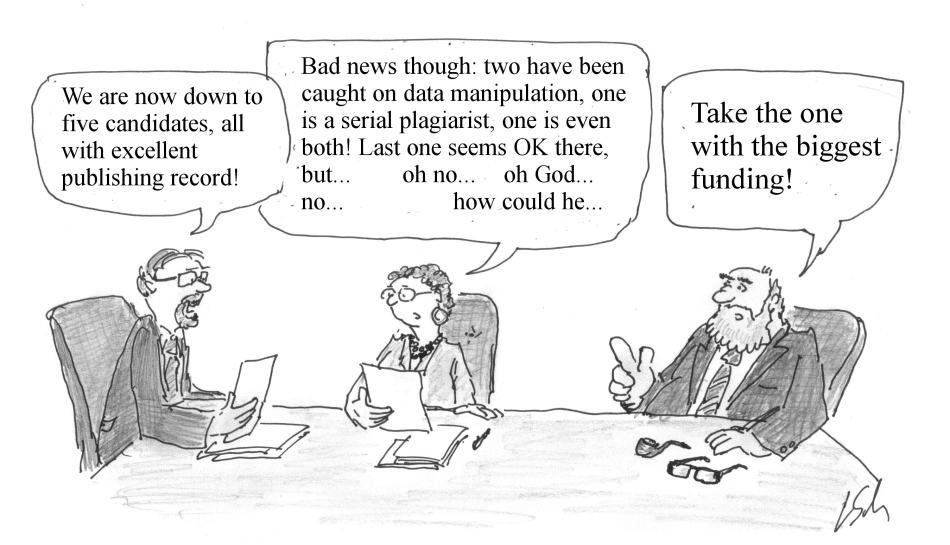 |
| Storks and stem cell blessings |
The catch is that the 14-year-old research program was not mentioned by name by Nature.
The question is: How does that work and why it is important?
First things first: It is important because the agency, known formally as the California Institute for Regenerative Medicine (CIRM), is hoping that the voters will bless it with another $5 billion come the November 2020 election.
The question is: How does that work and why it is important?
First things first: It is important because the agency, known formally as the California Institute for Regenerative Medicine (CIRM), is hoping that the voters will bless it with another $5 billion come the November 2020 election.
The agency expects to run out of money for new awards this year and is also trying to raise privately more than $200 million to tide it over until the 2020 election. In both cases, it needs clear successes that demonstrate that it has earned its keep and will do even better in the future.
Unproven Therapies in Japan
The not-so-odd case from Nature involves an editorial that cited a CIRM-funded clinical trial. Nature praised it as something to be emulated in Japan as an example of good ethics and good science.
Nature's editorial zeroed in on how Japan has embarked on "a worrisome approach." The headlines said, "Japan should put the brakes on stem cell sales. Unproven therapies should not be marketed to patients."
Instead, Nature declared that Japan should focus on the approach taken by Asterias Biotherapeutics, Inc., of Menlo Park, Ca., which arguably owes its existence largely to CIRM. (See here, here and here.) Nature wrote,
"Last week, a Californian company called Asterias Biotherapeutics released promising results from a 12-month first phase clinical trial, in which embryonic stem cells are converted into oligodendrocytes — cells of the central nervous system that support neurons and can stimulate their growth — and then injected into the backs of people with a spinal-cord injury. The data show that injected cells do stick around at the injury site, and that most patients (21 out of 22) showed improved movement.
"But these are still early-stage results. It is not clear yet whether the improvements are the result of the cells, or whether something else, such as the body’s own regenerative capacity, was at work. To find out, the company wants permission to move forward with a randomized, controlled phase II clinical trial. That’s the right way to do things: stepping carefully, slowly and rigorously forward."
It's Not the Stork
The problem for the stem cell agency, of course, is that Nature did not identify CIRM as a player in the Asterias effort, although the agency has pumped more than $20 million into the research. The case of the missing mention is not an unfamiliar situation for the agency, which is often not noticed in news and press releases about the scientific accomplishments that it has backed with tens of millions of dollars.
Of course, CIRM cannot take full credit for the Asterias work. And federal regulators have rules for clinical trials. But CIRM put up the cash for the research after Asterias' predecessor bailed out. The agency also partners closely with its grantees and has a clear set of pioneering research standards that it worked out more than a decade ago.
Obviously, CIRM would have been only a brief note, perhaps only a phrase in the Nature editorial if it had decided to include a mention. But these things add up and are needed by CIRM as it tries to tell California voters that it has been worth $3 billion. Their absence can amount ultimately to a substantial negative.
One does not have to support more cash for CIRM to recognize that California voters need the full array of information about the agency to make an informed decision in 2020. Currently, however, the traditions and practices of scientific journalism regularly omit significant financial information.
When one reads about scientific advances in the mainstream media as well as journals, it seems as if the research magically materializes without a critical insemination of cash -- much like a baby being brought by the stork.
Perhaps it is time for CIRM, other research funding agencies and patient advocates to have a facts-of-life "talk" with the scientific press about the reality of what it takes to give birth to prodigious medical advances.
(Editor's note: Here is a related item by UC Davis stem cell research Paul Knoepfler on the Japanese program.)
(Editor's note: Here is a related item by UC Davis stem cell research Paul Knoepfler on the Japanese program.)




